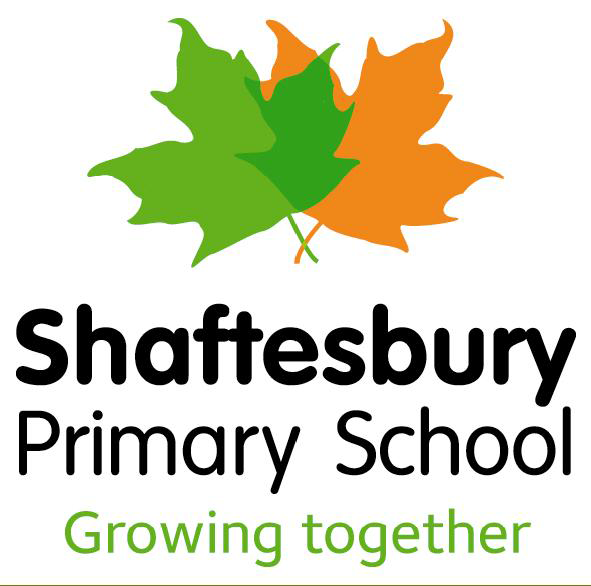English
Reading and Writing
At Shaftesbury, we consider that reading and writing is a key life skill which enables children to express themselves, communicate with others and access other areas of the curriculum. We teach children the core reading and writing skills from EYFS to Year 6.
In order to ensure progression of English, we provide meaningful experiences through high quality texts, designed to challenge, enthuse and motivate our children. All teachers model high standard writing and reading to secure our high expectations and inspire our pupils.
EYFS
In EYFS, children learn the first set of sounds. They use the sounds to read and write simple 3 and 4 lettered words, such as dog, pan, top, pond, swim, etc. Children practise blending and segmenting words using Fred Talk (oral blending and segmenting), as well as, letter formation using Read Write Inc (RWI) strategies.
In EYFS, children listen and respond to a variety of engaging texts in a variety of ways and extend their vocabulary. They practise their writing skills daily through labelling and creating simple sentences. Children verbally retell stories through role play.
KS1
Children in Year 1 continue to learn sets of phonemes and apply this knowledge to read and write. They practise reading pseudo words to improve their phonic skills.
Children focus on letter formation including upper and lower case letters and ascenders & descenders. They practise reading and writing the common exception words which will be sent home weekly. Children explore a variety of texts to further develop their comprehension and extend their vocabulary. Writing tasks will include character description, story sequencing and retelling. The grammar focus throughout the year will be punctuation, simple and complex sentence structure and figurative language.
Children in Year 2 learn the different parts of speech such as nouns, verbs, etc. They will practise their handwriting skills and will learn to use capitalization and punctuation correctly. Pupils explore a variety of texts such as Dogger, A Cat in the Hat and That Rabbit Belongs to Emily Brown. Their writing tasks include retelling the stories and creating rhyming poems as well as descriptions of story characters and settings. Children will explore traditional stories, poetry and scripts. They will learn to use a variety of tenses. They will continue to develop their sentence structure through using more complex sentences. This will include using a selection of conjunctions.
KS2
In KS2, children are taught to use ambitious sentence and text structure, grammar and punctuation. We develop children's ability to edit and evaluate both their own and others' writing, create an awareness of purpose and audience across different genres and enhance their competency in spelling and handwriting.
In Years 3 and 4, the children learn to add detail to their sentences through nouns, noun phrases, pronouns and fronted adverbials. They compose and rehearse sentences orally to add varied and rich vocabulary and use simple organisational devices in non-narrative texts (e.g. headings and sub-headings). All the writing tasks are engaging and based on stimulating reading texts like Anthony Browne’s stories, poems or myths and legends. We encourage the children read a plethora of books that are structured in various ways to enhance their inference skills, to write at length and take pride in their neat book presentations.
Children in Year 5 and 6 continue to read interesting texts like Alice in Wonderland, Wind in the Willows, The Highwayman, Eldorado or The Treasure Island that offer them inspiration and unlock their imagination. By the time they finish Year 6, the children can write narratives where description of setting, characters and atmosphere is used appropriately, including dialogue to convey character and advance action. Moreover, in reading, we encourage the pupils to identify and discuss themes and conventions in and across a wide range of writing, recite poetry and compare various genres.
Please click on the attachment below to read about the English National Curriculum.

